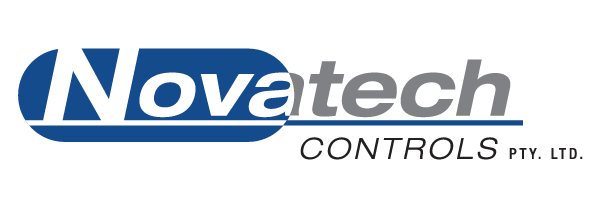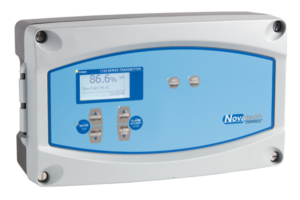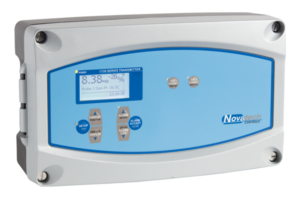The 1734 Carbon Controller is designed specifically for industries operating heat-treatment furnaces
Designed to accurately measure and control carbon potential in furnace atmosphere, it can operate as a stand-alone unit or be integrated into automated control systems.
Real-Time Measurement of Dew Point and Carbon Potential
While Dew Point measurement is commonly used to monitor heat-treatment furnaces, this only tells part of the story. In order to relate dew point back to carbon potential, lookup tables are needed to cross-reference dew point and furnace temperature.
The 1734 Carbon Controller calculates Carbon Potential automatically in real-time eliminating human error and the need for lookup tables. Carbon Potential is conveniently displayed on the local display, and can be re-transmitted via analog or digital communications so it can be monitored from a central control panel.
The 1734 Carbon Controller is able to operate as a Stand-Alone Controller, and is Ideal for Integration
The 1734 Carbon Controller is highly adaptable with integration in mind. It has several output modes that can be used trim combustion gas to an optimal carbon potential.
Key Features at a Glance
Two isolated user scalable 4-20mA analog outputs that can re-transmit information such as carbon potential, dew point, oxygen or temperature.
Four voltage free relay contacts that can be programmed to trigger on range of alarm conditions or at process related thresholds.
Digital serial communications using the standard Modbus™ protocol.
Dual Probe Control with Redundancy
The 1734 Carbon Controller can be configured with two separate in-situ probes which eliminates the need to shut down the furnace in the event of a single probe failure. The failed probe can be removed from the furnace and replaced with a new probe without stopping production.
The Novatech 1734 tells you what’s happening
All process related information and alerts can be viewed on the local display, as well as being re-transmitted using a range of fully programmable analog outputs, voltage free alarm relays or Modbus™ digital serial communications.
Operators are alerted to any failures or process related alarms with descriptive messages on the transmitter’s local display. Alarms can also be used to trigger internal relays that can be wired to external indicator lamps and buzzers and alarm states can also be monitored via digital communications.




